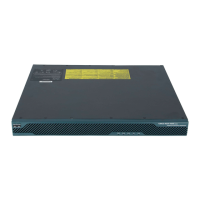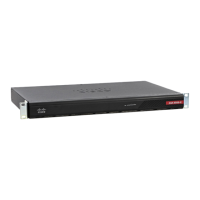CHAPTER
1-1
Cisco ASA Series CLI Configuration Guide
1
Configuring the Transparent or Routed
Firewall
This chapter describes how to set the firewall mode to routed or transparent, as well as how the firewall
works in each firewall mode. This chapter also includes information about customizing the transparent
firewall operation.
You can set the firewall mode independently for each context in multiple context mode.
• Information About the Firewall Mode, page 1-1
• Licensing Requirements for the Firewall Mode, page 1-7
• Default Settings, page 1-7
• Guidelines and Limitations, page 1-8
• Setting the Firewall Mode, page 1-9
• Configuring ARP Inspection for the Transparent Firewall, page 1-10
• Customizing the MAC Address Table for the Transparent Firewall, page 1-12
• Monitoring the Transparent Firewall, page 1-13
• Firewall Mode Examples, page 1-14
• Feature History for the Firewall Mode, page 1-25
Information About the Firewall Mode
• Information About Routed Firewall Mode, page 1-1
• Information About Transparent Firewall Mode, page 1-2
Information About Routed Firewall Mode
In routed mode, the ASA is considered to be a router hop in the network. Routed mode supports many
interfaces. Each interface is on a different subnet. You can share interfaces between contexts.
The ASA acts as a router between connected networks, and each interface requires an IP address on a
different subnet. The ASA supports multiple dynamic routing protocols. However, we recommend using
the advanced routing capabilities of the upstream and downstream routers instead of relying on the ASA
for extensive routing needs.
